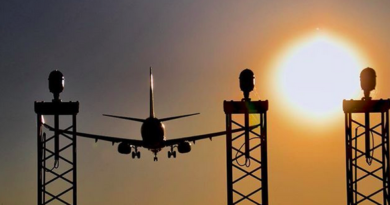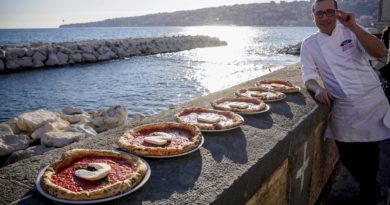Bastille, you’re in such good shape
Under Louis XVI, France faced a major economic crisis mostly thanks to the cost of intervening in the American Revolution.
In May 1789, the movement against Louis XVI was moving quickly toward revolution. Bernard-René Jordan de Launay, the military governor of the Bastille, feared that his fortress would be a target for the revolutionaries and so requested reinforcements. On July 12, royal authorities transferred 250 barrels of gunpowder to the Bastille, and Launay brought his men into the massive fortress and raised its two drawbridges.
At dawn on July 14, a great crowd armed with muskets, swords, and various makeshift weapons began to gather around the Bastille. Launay’s men were able to hold the mob back, but as more and more Parisians were converging on the Bastille, Launay raised a white flag of surrender over the fortress. Launay and his men were taken into custody, the Bastille’s gunpowder and cannons were seized, and the seven prisoners were freed. Upon arriving at the Hôtel de Ville, where Launay was to be arrested and tried by a revolutionary council, he was instead pulled away by a mob and murdered.
The capture of the Bastille symbolized the end of the ancien regime and provided the French revolutionary cause with an irresistible momentum. In 1792, the monarchy was abolished and Louis and his wife Marie-Antoinette were sent to the guillotine for treason in 1793.
14 July 2017 – The celebrations
Every year since 1880, today’s day is celebrated as the French National Day. Every year since then festivities take over the streets of Paris. Today, the festivities begin in the morning, with the traditional military parade on the Avenue des Champs Elysées. An aerial show will also take place in the Paris sky, delighting children and adults alike. Aeroplanes and helicopters from the French army and air force will show off their skill and dexterity in the air.
Défilé du 14 juillet.
Publié par Élysée – Présidence de la République française sur vendredi 14 juillet 2017
In the evening, a grand concert will take place. Around 11pm, the sky will lit up with a magnificent firework display over Paris, lasting around 30 minutes. The celebrations will continue with parties at the fire stations around the city.
Final note: this year, the US president, Donald Trump, is attending the Bastille Day celebrations. The official reason appointed for this visit is that 2017 marks the 100th anniversary of the entry by the US into the first world war however it seems that President Trump is checking if the France is still in good shape.



